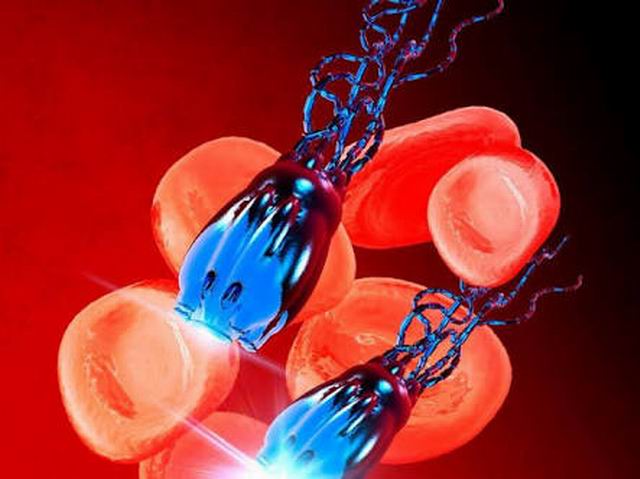Did you hear that how a DNA that took a long time to get appreciated by scientific community entered a world where it contributes to the invention of a Nanorobots army? Let us tell that.
A Swiss chemist Johann Friedrich Miescher discovered the molecule containing the blueprint of life DNA (deoxyribonucleic acid) in 1869. But due to lack of confidence, he takes a long time to share his discovery with the scientific community and entered in 1874 to do so.
But the scientific community did not appreciate this discovery because at that time it was believed that our genetic materials were contained in proteins, not in Nuclein.
However, In 1881 a German biochemist Albrecht Kossel established the facts about nuclein as Mieshcer had claimed. Brecht identified the substance as a nucleic acid giving it the chemical name deoxyribonucleic acid (DNA).
Kossel also isolated the 5 nucleotide bases that build blocks of DNA and ribonucleic acid (RNA) namely adenine (A), cytosine (C), guanine (G), thymine (T) and uracil (U).
After these more than hundred years old discoveries scientists are gaining more and more awesome knowledge and bringing exciting inventions.
Human DNA of 1869 has now become an inspiration in inventing nanorobots that are easier to operate. These robots can walk and move around the pickup cargoes.
This new kind of robots has been invented by Caltech scientists led by recent PhD graduate and bioengineer Anupama Thubagere.

Nanorobots that are invented with the help of 53 nucleotides have a hand and arm plus a leg and foot to walk around and pick up objects.
For the past DNA based nanorobots, it was difficult to program them with other functions out of their complexity. But this new invention made the team able to make nanorobots able to work in compartmentalized large groups so that a task is completed.
Cancer detection, creating small molecular factories to build up drugs and transporting them into the bloodstream when required are some of the medical implications that nanorobots could have.
Thubagere claims to be interested in taking the lessons he and his team learnt from building this system into designing therapeutic tools. But he is also aware that to do so they will have to understand the stability of such systems in some extra complex and changing environments.
A lot of work is still to be done to prove the efficiency of these nanorobots while a range of scientists takes it as a significant achievement to be marked as even brighter tomorrow for the fields of medicine and nanotechnology.
John Reif, a DNA nanoscientist at Duke University says,
“I thought it was a fairly major step forward in molecular robotics,”
He says that a little army of DNA robots can operate in parallel quite independently to work in collaboration to solve a problem.
No doubt the general-purpose of nanotechnology is hoped to be achieved with this kind of robots. The global revolution is also expected with nanotechnology as we can avail smarter, safer and longer-lasting products of nanotechnology.
The US National Science Foundation envisions the future with nanotechnology in this way:
“Imagine a medical device that travels through the human body to seek out and destroy small clusters of cancerous cells before they can spread. Or a box no larger than a sugar cube that contains the entire contents of the Library of Congress. Or materials much lighter than steel that possesses ten times as much strength.”
And now we can feel that we are not too far from that kind of fictitious scenarios due to the hard work and brilliance of the world’s scientific community.




